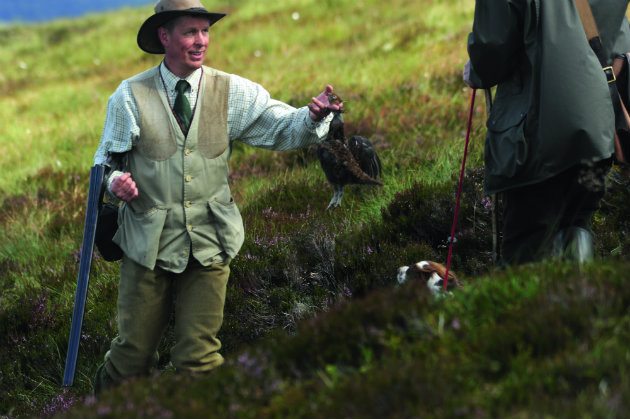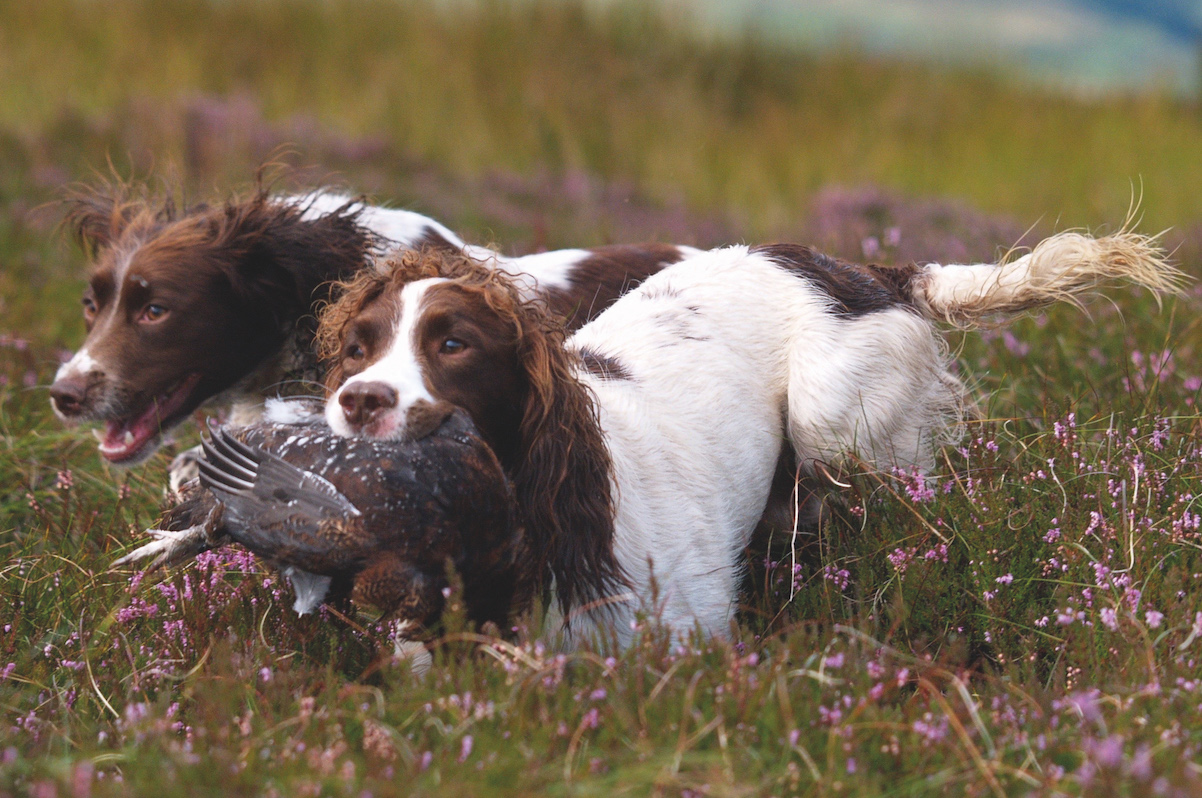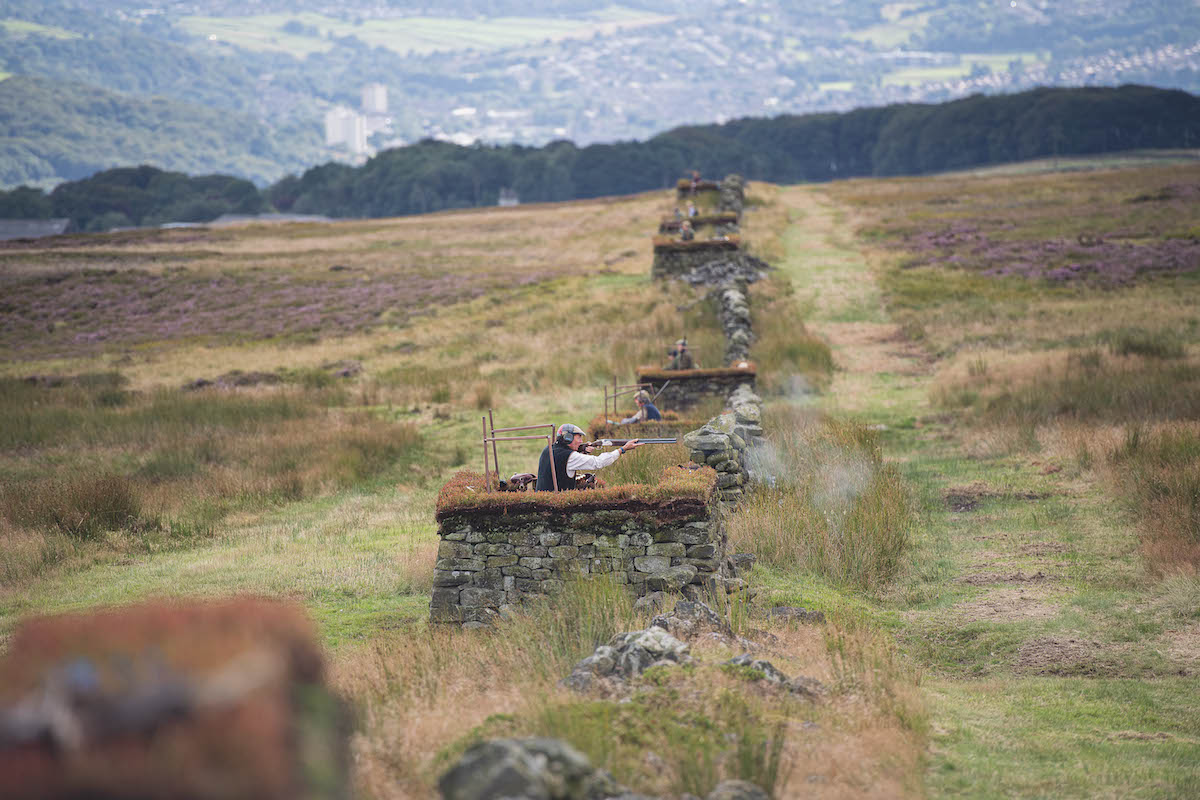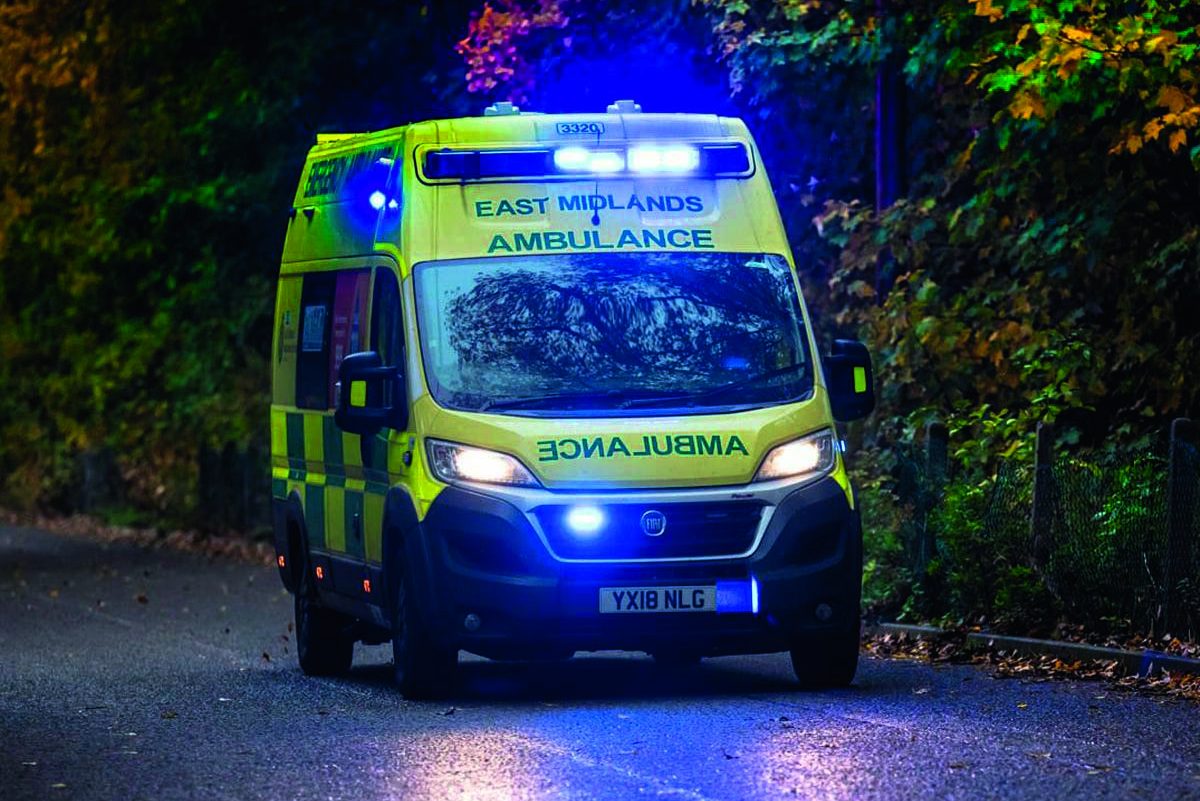Fancy an affordable way of grouse shooting?
Walked-up grouse shooting is often overlooked but should not be underestimated. Tom Payne advises on how to enjoy it and do it safely

It always amazes me how quickly the season comes around, but here we go again — and if you are about to head north, I am sure the excitement is building.
Grouse shooting, especially early-season driven grouse, is an expensive form of shooting. However, if you are keen to try shooting this amazing wild bird, then walked-up grouse shooting can offer an affordable and fun way of experiencing this exhilarating quarry and is an option that is often overlooked.
There is something very special about being on the moor and it is not just the shooting. Walked-up grouse offers its own unique excitement: the anticipation and early night that precedes the early morning start and the hearty breakfast to keep you fuelled on what will be an energetic day; the thrill of the hunt and of not knowing what you may, or may not, come home with; collapsing in the heather at lunch and talking about the morning’s sport, while taking in the spectacular scenery; and, at the end of the day, heading back to the lodge for a debrief and a great meal, which — if you are lucky — will be grouse, one of the finest birds to eat. Grouse shooting really is a form of the sport to stick on the bucket list.
But be warned, once you have been, the urge will be there to go again and again.

Safety is essential when walking in a line and you must be aware of where your fellow Guns are at all times
Safe shooting
Walked-up grouse, whether over pointers or with spaniels working in front, is brilliant fun. However, it is a very different form of shooting to any other and brings with it its own challenges.
Keep the line
Safety is the main priority when walking in a line for a walked-up day. Usually, the keeper running the day will take the middle and ensure that the line is kept, while the beatkeepers keep an eye on the flanks.
Open your gun
Most experienced teams of walked-up Guns will walk with their guns closed and pointing towards the sky. You must go steady when walking, it is not a race, and make sure that your gun is open at any obstacle and on poor or uneven ground. This may mean you could be opening and closing your gun all day, but this is far better than the alternative.
Watch your step
Heather can be heavy going to walk through. Young heather is easy to cross, but old, thick heather can be a real obstacle and it is so easy to trip. If at any stage the walking gets tough and you feel you are struggling, you must always walk with a broken gun and concentrate on walking safely at all times. It is easier than you realise to slip and fall if you stop paying attention. Depending on where you are in the country, whether the north of England or the moors of Scotland, the topography of the ground you are walking-up will be different.
Communicate
You need to be aware of where your neighbouring Guns are at all times. Gills (narrow mountain streams) and gullies can cause sudden loss of sight of your neighbour. Communication among you all is essential, as is paying careful attention to the instructions you may have been given by the headkeeper or whoever is running the line. Never shoot if you are unsure of a safe shot and never swing through the line. Safety always.

Practice on the clay ground will ultimately pay off on the grouse moor, so is time well spent
Practice and technical tips
Different shots and angles
Walked-up grouse shooting is challenging. With pointers that work well you get some warning, but over spaniels anything can happen.
Practising beforehand for walked-up shooting is really about practising at a shooting school as many different shots and angles as you can up to 40 yards, around or just above head height. It is amazing how many crossers and birds going back over the line there can be.
Get your eye in
If you can, try to shoot clays that have a dark background or ground behind them, so that you get used to shooting against visually difficult birds and birds with ground behind them.

If coveys flush at a distance, the key is not to hesitate – stay positive and trust your eyes
Timing and distance
If grouse cross along the line or come back you will have time to shoot. However, if you have coveys that burst away from the line, time is of the essence, especially if they flush at distance.
The key is not to hesitate, as soon as you hesitate and start to aim your gun (which is very common when shooting going-away birds) you will get beaten. Resist the urge to rush but be positive and trust what you see. Don’t shoot at birds that are too far away. You will run the risk of not killing them cleanly and you will only get frustrated by missing birds that are on the limit or out of range. As with all forms of shooting, knowing your distances is key for clean kills and consistency.
Tom’s top tips for walked-up grouse
- Safety first. Be aware of the ground you are walking across and always carry your gun open if walking is tough, the ground is uneven or you are faced with any type of obstacle.
- Be aware of your team at all times. Staying in line is vital, as is communication and concentration.
- If you are ever unsure of your angle of fire, do not shoot.
- Practise all types of angle and speed just above head height. Shooting at targets with a background can help you tune-in to birds flying with ground behind or under them.
- Know your distances. This will make a difference to your success rate and will increase clean kills. Always remember to mark your birds.
- Think about your clothing for the day, especially your footwear.
- Keep fit. Walked-up grouse can be hot, hard work and tough going.
- Have fun, be safe and enjoy the whole experience.
Clothing
Think about your clothing for the day. Get it wrong and you will struggle. It is important to dress for the conditions but bear in mind that walked-up grouse shooting can be hot and hard work. Modern shooting clothing is there to benefit the shooter, so invest in sensible clothing that allows you to shoot comfortably but that also protects you from the elements. Thick tweed coats, for example, are not suited to walked-up shooting unless you are hoping to lose weight through sweating.
It is essential also that you wear a good pair of walking boots that support the ankle and gaiters that protect you from tough heather and possible wet ground and conditions.
The walked-up grouse experience
Robert Rattray, head of property consultants CKD Galbraith’s Sporting Lets department, shares his knowledge on walked-up grouse and the opportunities to do it in Scotland
What are the main differences between walked-up and driven grouse shooting?
Walked-up shooting was in practice long before driven grouse shooting came into vogue. It is unfettered by the formalities of more regulated driven days, involves far fewer people and there is a sense of great tranquillity being in the wilderness in the company of a handful of friends and family.
Where does it take place?
Sadly, the amount of walked-up shooting has significantly reduced from the glory days. The bulk of the walked-up shooting is on moors that are managed more intensively for their driven grouse, and the days take place before the driven programme starts. The Outer Isles are the exception, with a number of estates on the Isle of Lewis still able to provide walked up days, mostly over pointers, with their grouse programmes usually starting at the beginning of September.
What can you expect?
Participants should be prepared to cover a good few miles of rugged terrain over the course of the day. The Guns are their own beaters, with the team walking in line and fl ushing their own birds. As the season progresses, birds tend to become wilder and sit less tight, hence most walked-up shooting takes place early in the season.
How does shooting over pointers differ from classic walked-up shooting?
HPRs are able to range far and wide to source a covey, and once found, the dog will take up the classic “on point” pose. Usually a pair of Guns will then move forward in line to a position where they can safely shoot, and the covey is flushed. Shooting over pointers is therefore more controlled, and lends itself to one or more pairs of Guns enjoying a potentially less strenuous day.
Watching the dogs work is of equal importance to grouse in the bag. Home teams without their own dogs can still experience shooting over pointers, as a number of estates can provide a team of dogs.
What can you expect to pay?
Walked-up grouse is generally priced at £90 to £110 plus VAT per brace. The addition of pointers will add £250 to £500 or more to the day, or an increased price per brace of £120 to £140 plus VAT per brace. Bag sizes tend to be in the range of five to 25 brace for walking in line, and three to 10 brace for pointer outings.
The charm of walked-up grouse shooting
Tramping across heather is mesmeric. One step, another; one step, another. Horizons and granite grab the gaze and it’s hard to focus on the…
The pleasure of working dogs on a grouse moor
For most of us the shooting season is still months away. If, however, you are fortunate enough to work your dogs on the grouse moors,…











